The sophisticated new research station will allow for better science on the icy continent.


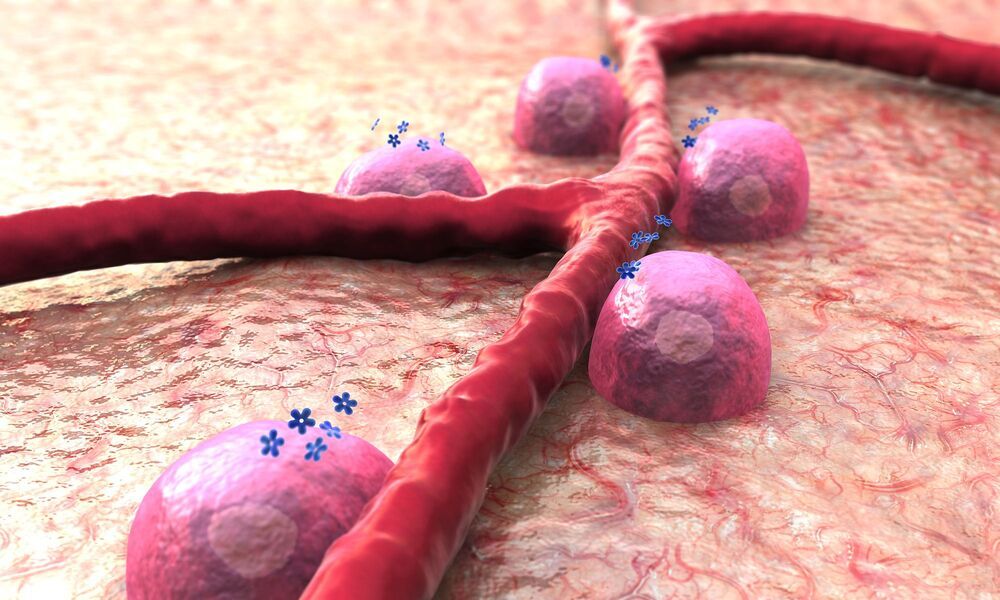
“The reason a glucose-responsive insulin is important is that the biggest barrier to the effective use of insulin, especially in Type 1 diabetes, is the fear of the consequences of blood sugar going too low,” says study author Michael A. Weiss.
For sufferers of diabetes, keeping blood glucose levels within a healthy range can be a difficult and labor-intensive balancing act that often requires regular insulin injections, but some scientists imagine a future where medicine does the heavy lifting for them. A team at Indiana University School of Medicine has taken a promising step towards this future, demonstrating a type of “synthetic hinge” that swings into action when blood glucose levels call for corrective action.
The hormone insulin plays a vital role in keeping glucose at healthy levels in the blood, pulling it out of the bloodstream and helping turn it into energy. In diabetes patients, insufficient amounts or insulin that results in a reduction in effectiveness means that blood glucose levels are left to rise to potentially dangerous levels, which can have serious consequences.
Injections of insulin are a way for Type 1 diabetics to manage the condition, but one dangerous side effect of this is the potential for them to drive blood-sugar levels too low, a condition known as hypoglycemia. These concerns have moved scientists to explore a concept known as “glucose-responsive insulin,” an engineered form of the hormone that would self-adjust depending on the blood sugar levels of the patient.
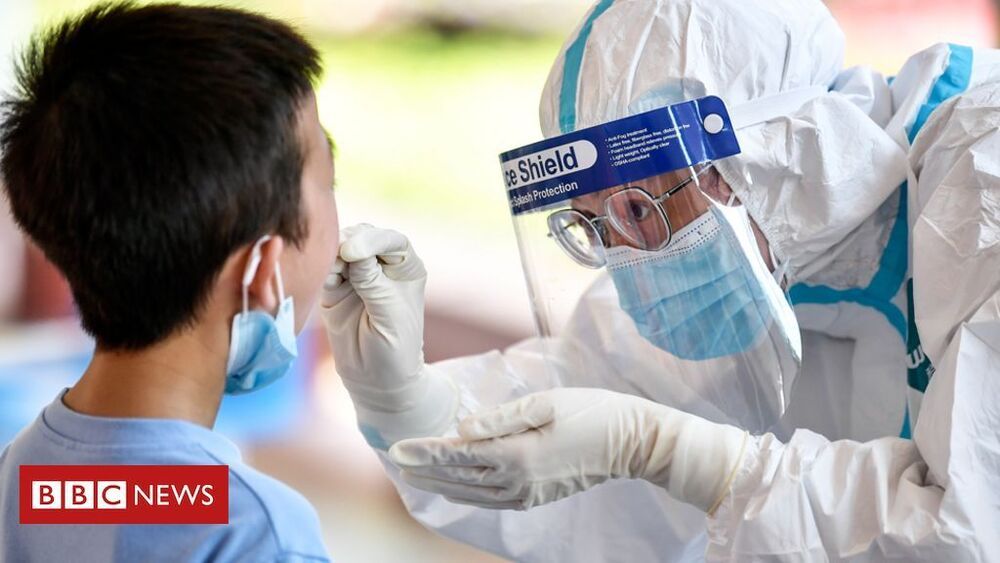
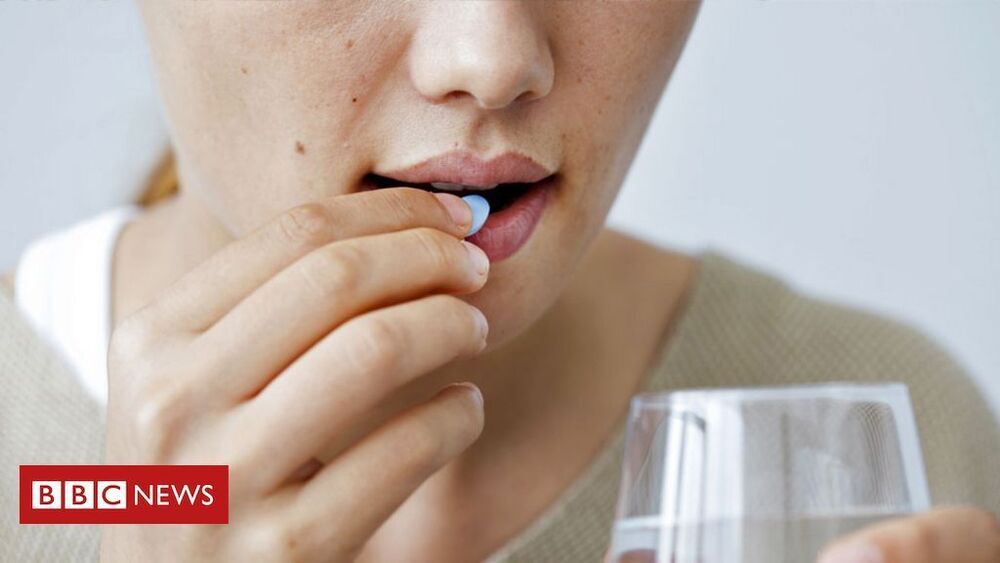
Right now, protection against Covid-19 comes via an injection. But in future, those vaccines could come from inhalers or even pills.
In a white, airy laboratory in Medicon Village, one of southern Sweden’s largest science parks, chemist Ingemo Andersson holds up a thin, plastic inhaler, half the size of a matchbox.
Her team is hoping this tiny product could play a big role in the global fight against coronavirus allowing people to take powdered versions of future vaccines at home.
Researchers are looking at easier ways for people to get the vaccine, including via inhalers and tablets.

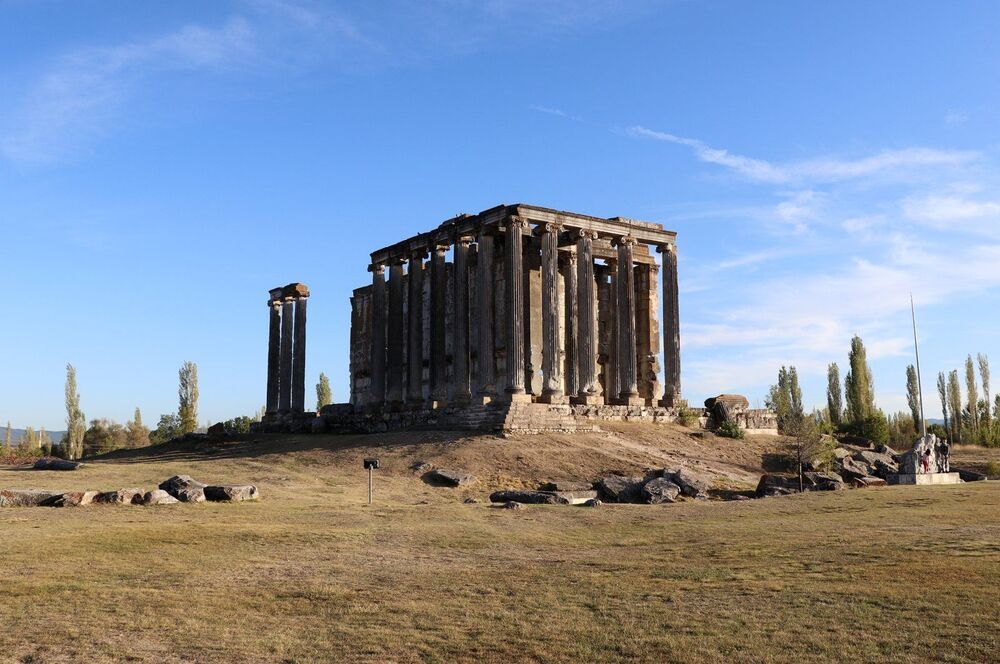
The monumental entrance gate of the Zeus Temple’s sanctuary in the ancient city of Aizanoi, located in the Çavdarhisar district of western Kütahya province, Turkey, was unearthed during recent excavations.
Excavations are being carried out by the Kütahya Museum Directorate in the ancient city, which was included in the UNESCO World Heritage Tentative List in 2012 and is 50 kilometers (31 miles) away from the city center. The excavation coordinator, the head of Dumlupınar University (DPU) archeology department professor Gökhan Coşkun, told Anadolu Agency (AA) that the ancient city’s history dates back to about 5000 years.
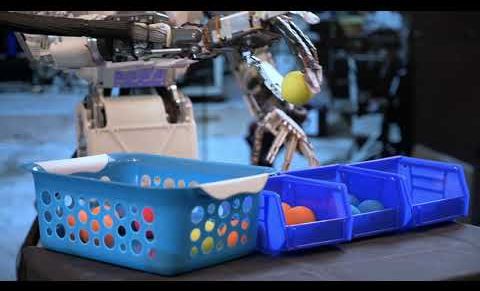
GPR-1 under pilot control doing some basic sortation.
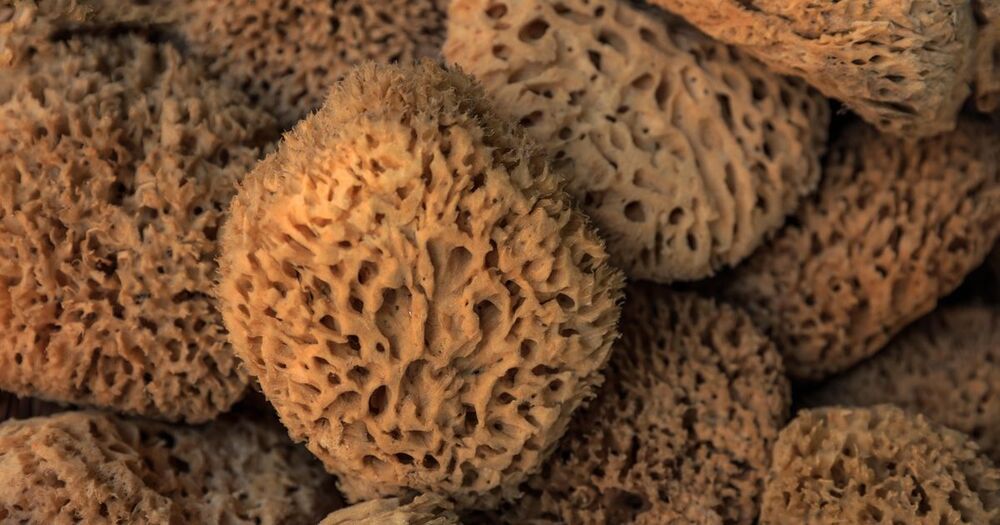
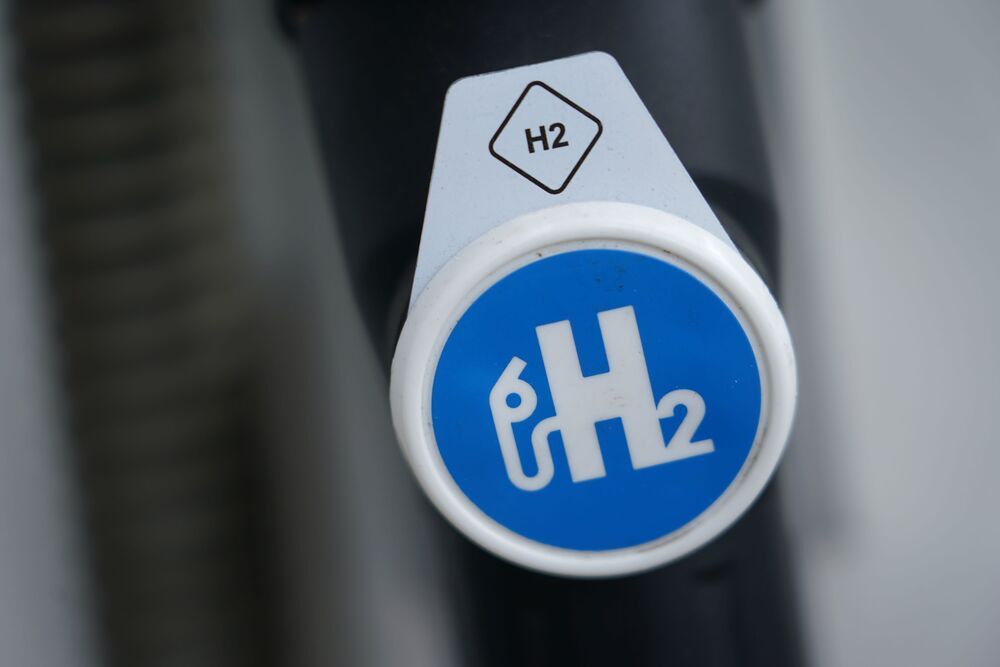
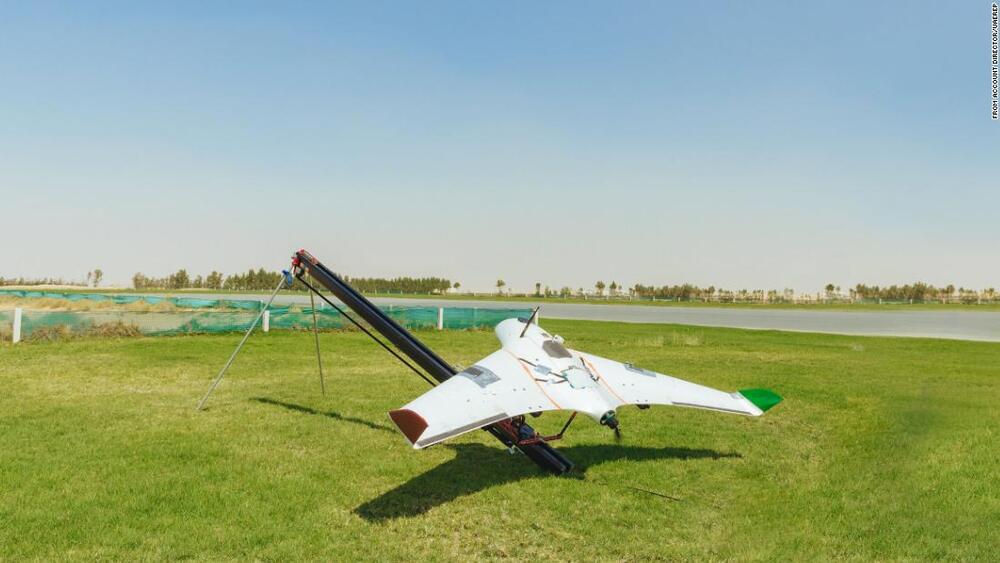
“There’s been a lot of speculation about what charge might do to cloud droplets, but there’s been very little practical and detailed investigation,” says Keri Nicoll, one of the core investigators on the project. The aim is to determine if the technology can increase rainfall rates in water-stressed regions.
Nicoll’s team started by modelling the behavior of clouds. They found that when cloud droplets have a positive or negative electrical charge, the smaller droplets are more likely to merge and grow to become big raindrops.
The size of the raindrops is important, says Nicoll, because in places like the UAE which has high clouds and high temperatures, droplets often evaporate as they fall.